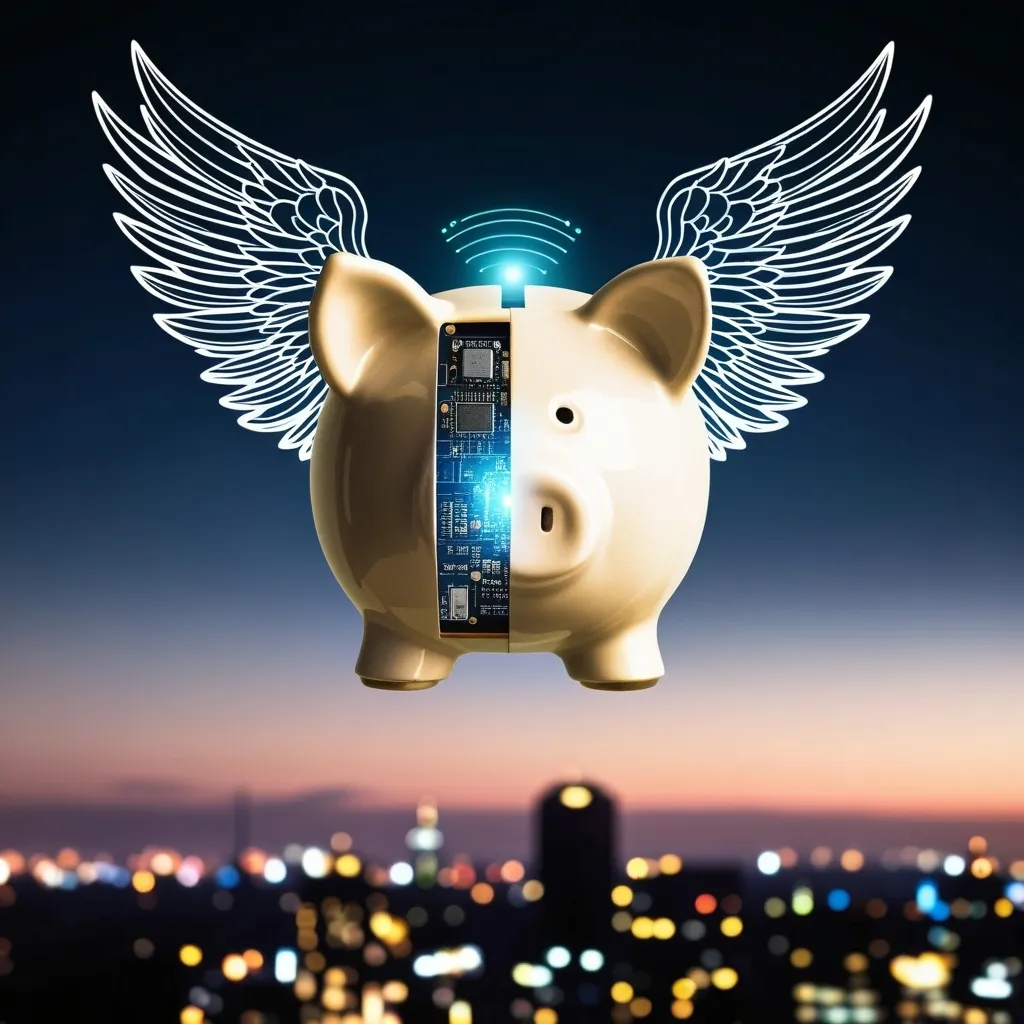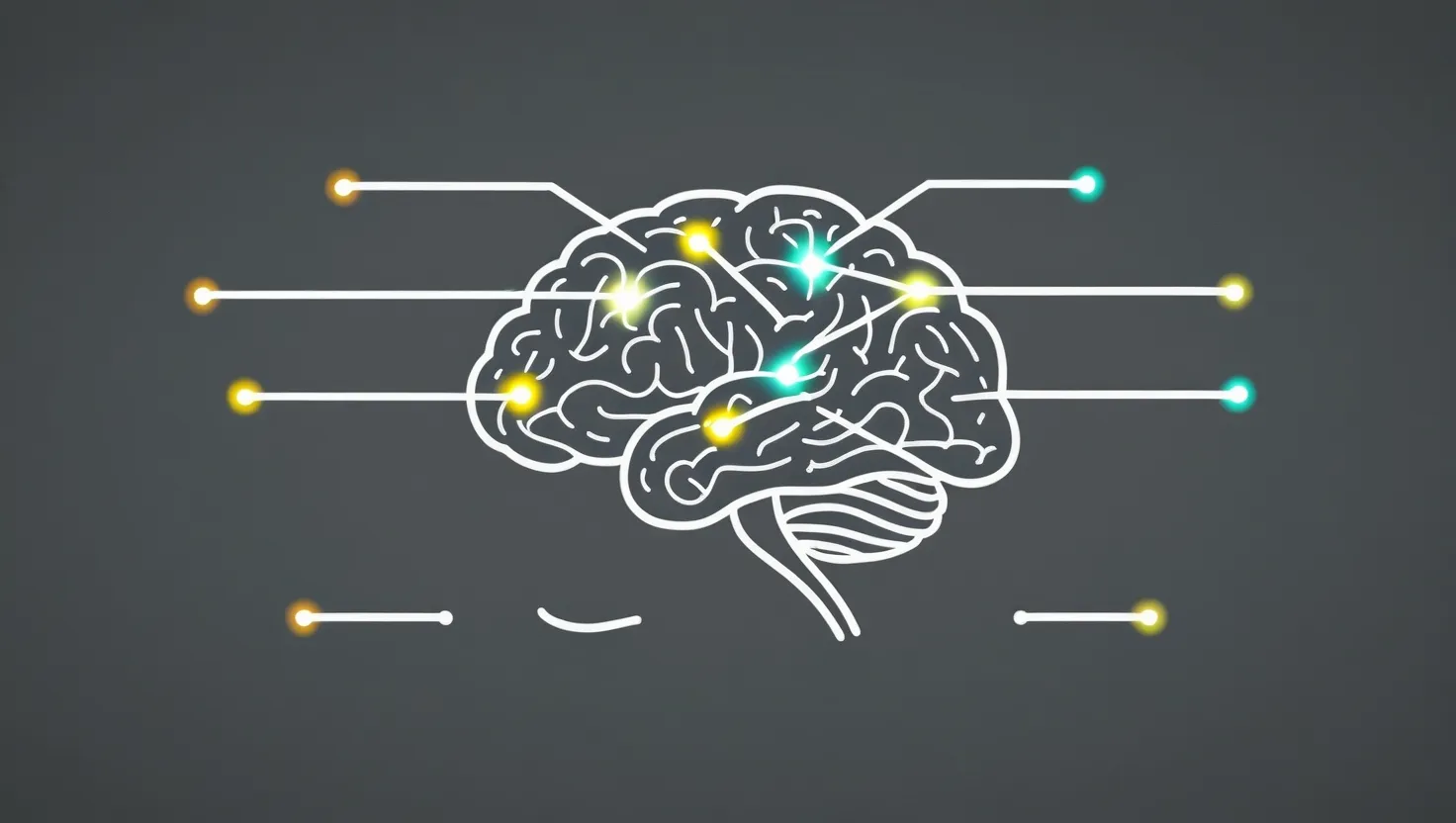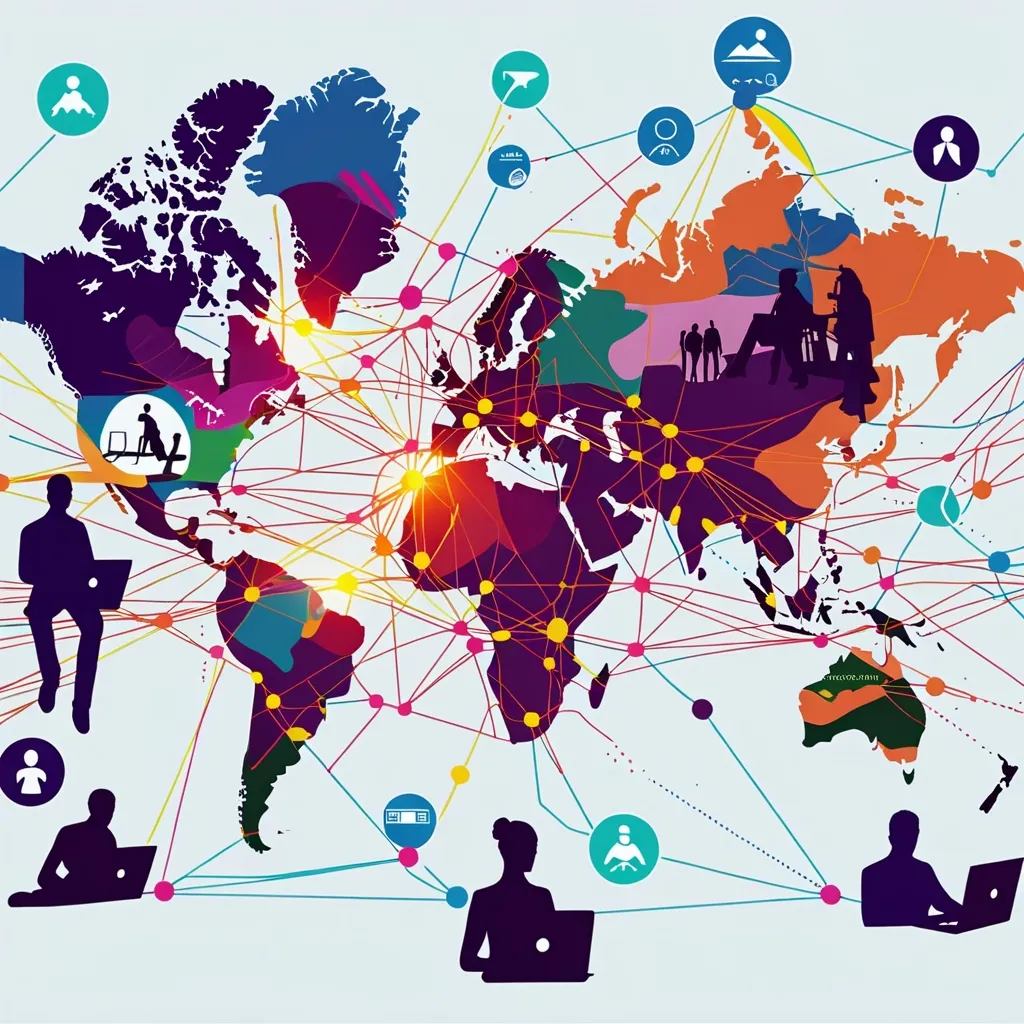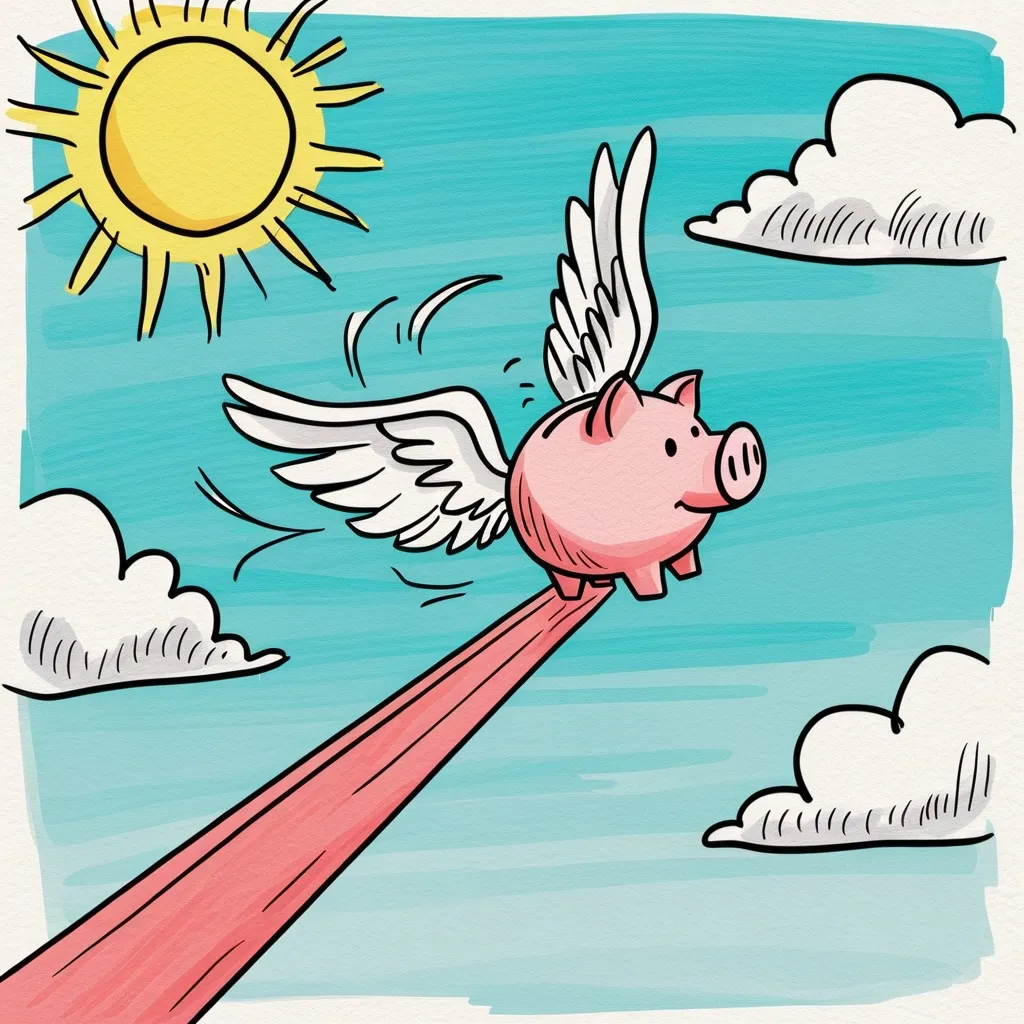The Digital Currency Revolution: Cryptocurrencies vs Central Bank Digital Currencies
Money is changing, and it’s happening fast. We’re in the middle of a digital currency revolution that’s reshaping how we think about and use money. Two major players are leading this charge: cryptocurrencies and Central Bank Digital Currencies (CBDCs). Let’s dive into this fascinating world and see what it means for all of us.
Cryptocurrencies: The Rebels of Finance
Remember when Bitcoin first hit the scene? It was like a financial rebel, challenging everything we knew about money. Cryptocurrencies are decentralized, meaning no single authority controls them. It’s like having a global piggy bank that anyone can access.
The appeal is pretty clear. Imagine sending money to your cousin in another country without dealing with banks or hefty fees. That’s the promise of cryptocurrencies. They’re breaking down barriers and giving people more control over their money.
But let’s be real - it’s not all sunshine and rainbows. Cryptocurrencies are like that unpredictable friend who’s fun at parties but might ghost you the next day. Their value can skyrocket one day and plummet the next. It’s thrilling for some, but it’s enough to give others a serious case of financial whiplash.
And then there’s the environmental issue. Mining cryptocurrencies uses a ton of energy. It’s like leaving all the lights on in your house, plus your neighbor’s house, and maybe the whole block. Not exactly eco-friendly.
Central Bank Digital Currencies: The New Kids on the Block
While cryptocurrencies were busy making waves, the big banks weren’t just sitting around twiddling their thumbs. They saw the potential of digital currencies and thought, “Hey, we can do that too!” Enter Central Bank Digital Currencies.
CBDCs are like the digital version of the cash in your wallet, but instead of paper bills, it’s all ones and zeros. The cool part? They’re backed by the government, just like regular money. It’s like having the convenience of crypto with the stability of traditional currency.
China’s been leading the charge with its digital yuan. They’re not just testing it; they’re actually including it in their official money calculations. It’s still a small piece of the pie, but it’s a start. Meanwhile, in the U.S., the Federal Reserve is debating whether to create a digital dollar. It’s like watching a high-stakes poker game, and we’re all waiting to see who’s going to make the next move.
The Rules of the Game
When it comes to rules, cryptocurrencies and CBDCs are playing on different fields. Cryptocurrencies are like the Wild West of finance. There are some rules, but they’re still figuring things out. It’s exciting, but it also means there’s more risk.
CBDCs, on the other hand, are playing by the book. They’re designed to fit into existing financial rules. It’s like they’re wearing a suit to a job interview while cryptocurrencies show up in flip-flops.
In the U.S., they’re starting to lay down some ground rules for cryptocurrencies. They’ve even approved some investment funds that include Bitcoin. It’s a big step towards making crypto more mainstream, but there’s still a long way to go.
What’s in It for You?
So, what does all this mean for you and me? Well, CBDCs could make our lives a lot easier. Imagine paying for your coffee with a quick tap of your phone, no cash or card needed. Or sending money to friends instantly, without waiting for banks to process it.
But there’s a catch. With CBDCs, every transaction would be recorded. It’s like having a financial diary that the government can read. Great for catching bad guys, not so great if you value your privacy.
Can They Get Along?
The million-dollar question is whether cryptocurrencies and CBDCs can coexist or if they’ll end up in a financial cage match. Some experts think they can play nice, each serving different purposes. Cryptocurrencies might be for investing and trading, while CBDCs could be for everyday stuff like buying groceries or paying bills.
There’s also this thing called stablecoins, which are like the compromise candidate in an election. They’re cryptocurrencies, but their value is tied to regular currencies. It’s like having a foot in both worlds.
But here’s the thing - if CBDCs take off, they might steal some of crypto’s thunder. After all, if you can have the speed and convenience of digital currency without the roller coaster ride, why take the risk?
Changing the World, One Transaction at a Time
The impact of these digital currencies goes way beyond just how we buy stuff. They could change how banks work, maybe even making them less important. They could also help people who don’t have access to banks, which is a huge deal in many parts of the world.
But it’s not all rosy. If everyone starts using CBDCs, central banks would have a lot of power and data. It’s like giving them a magnifying glass to look at every financial transaction. And if there’s a crisis and everyone rushes to put their money in CBDCs, it could cause big problems for banks.
The Future is Digital, But What Kind?
As we look ahead, it’s clear that digital money is here to stay. The question is, what flavor will it come in? Cryptocurrencies offer freedom and the potential for big gains, but they’re risky and unregulated. CBDCs promise stability and security, but they come with privacy concerns and potential government control.
The future might not be an either/or situation. We might end up with a mix of both, each serving different needs. Maybe you’ll use CBDCs for your daily coffee run and cryptocurrencies for investing or international transactions.
One thing’s for sure - the way we think about and use money is changing. It’s like we’re moving from black and white TV to color, and then suddenly someone invented 3D. The possibilities are exciting, and a bit overwhelming.
So, keep your eyes open and your mind curious. The future of money is being written right now, and we’re all part of the story. Whether you’re a crypto enthusiast or a CBDC supporter, or just someone trying to understand it all, you’re witnessing a financial revolution. And who knows? The next time you buy something, it might be with a form of money that doesn’t even exist yet. Welcome to the future of finance - it’s going to be one wild ride!






